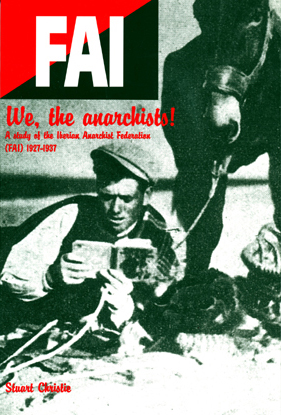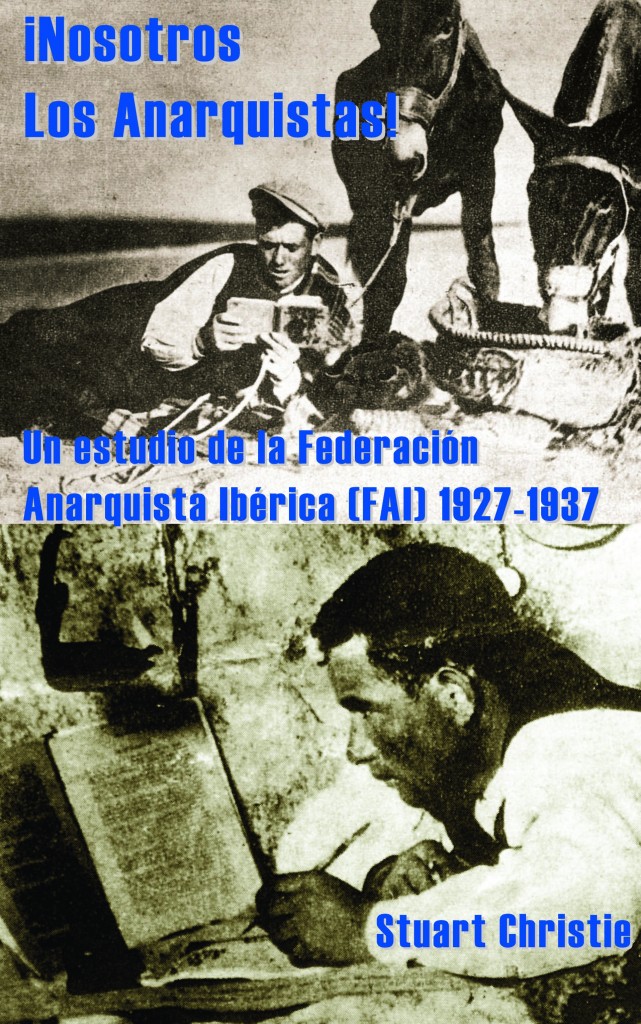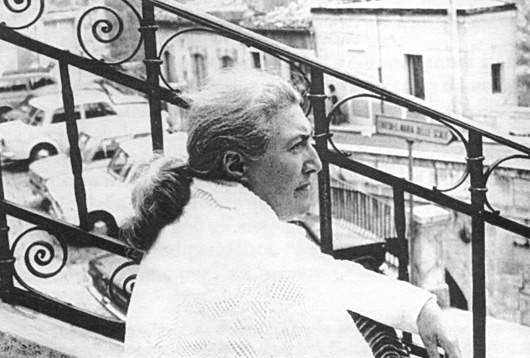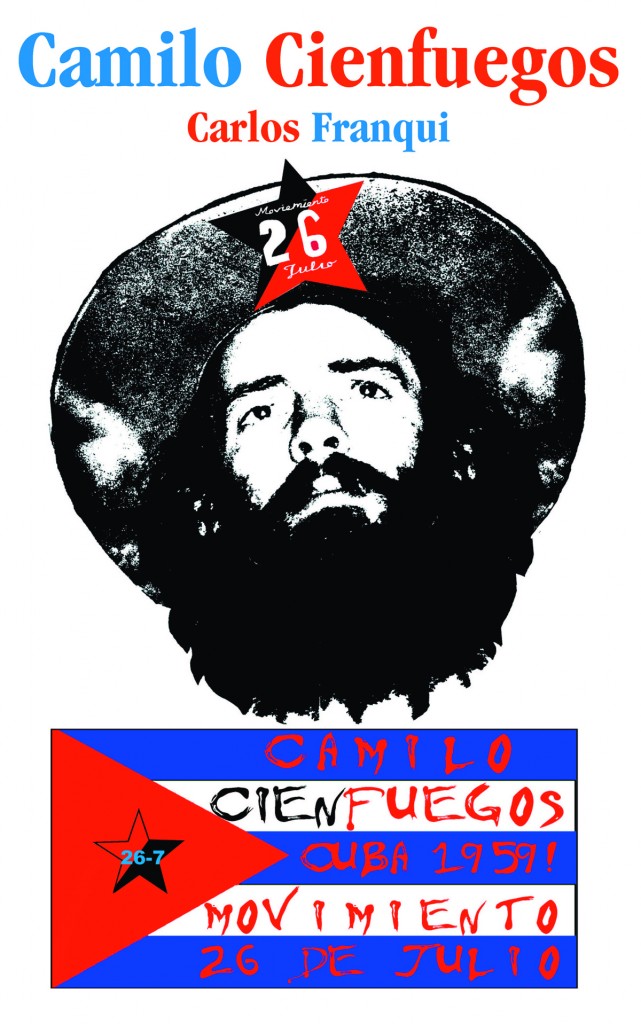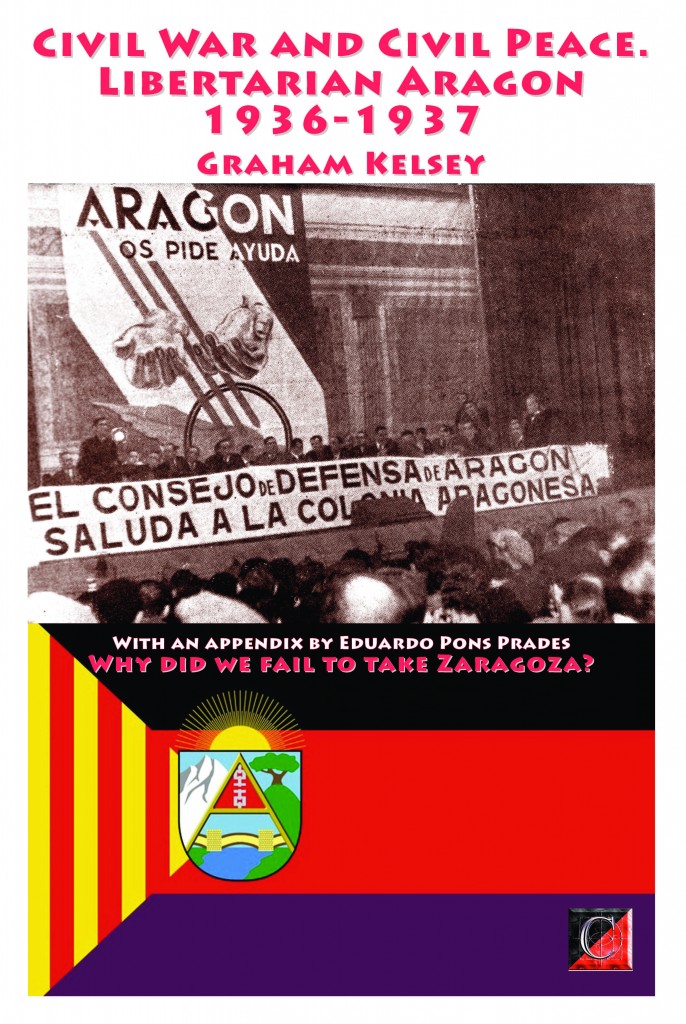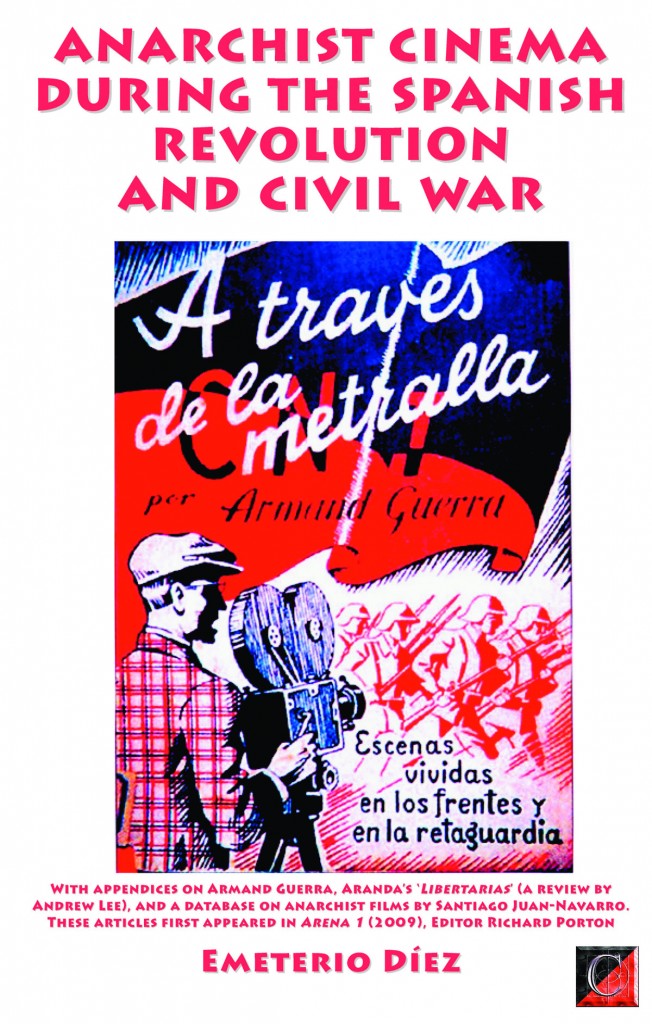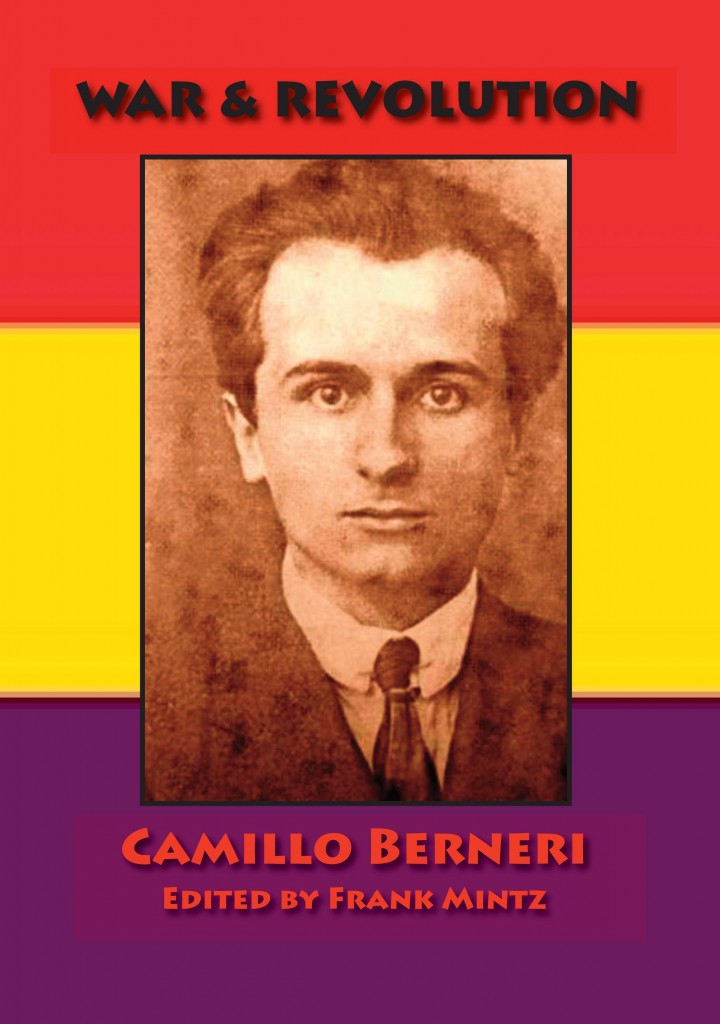 WAR & REVOLUTION — The Writings of Camillo Berneri (edited by Frank Mintz) ISBN 978-1-873976-65-4 published in 2013 by ChristieBooks, Hastings, East Sussex UK — Check out all Kindle editions of ChristieBooks titles NOW AVAILABLE ON KINDLE — £1.29/€1,52/$2.13 READ INSIDE! ¡LEER EL INTERIOR!
WAR & REVOLUTION — The Writings of Camillo Berneri (edited by Frank Mintz) ISBN 978-1-873976-65-4 published in 2013 by ChristieBooks, Hastings, East Sussex UK — Check out all Kindle editions of ChristieBooks titles NOW AVAILABLE ON KINDLE — £1.29/€1,52/$2.13 READ INSIDE! ¡LEER EL INTERIOR!
UK : £1.29 ; USA : $2.13 ; Germany : €1,52 ; France : €1,52 ; Spain: €1,52 ; Italy : €1,52 ; Japan : ¥ 197 ; India : R122.00 : Canada : CDN$ 2.07 ; Brazil : R$ 4.35 ; Mexico : $25.98
‘To guarantee revolution, it is not enough for the mob to be armed or for them to have expropriated the bourgeoisie: it is necessary for them to destroy the capitalist system entirely and to organise their own system. They must be able to combat the ideas put forward by Stalinist and reformist leaders with the same vigour with which they attack capitalist individuals and the leaders of the bourgeois parties. As of May 1937, any revolutionary endeavour that does not remain faithful to this experience condemns itself purely and simply to not existing. Attacking the state, unhesitatingly confronting the Stalinist-reformist counter-revolution: such are the distinctive characteristics of the coming revolution.‘
These extracts from the secret republication in Spanish of Berneri’s writings in 1973 by the Iberian Liberation Movement (whose symbolic figure is Puig Antich, who was garrotted on 2nd March 1974), and explain the reason for their re-publication. Also included are some of Berneri’s articles from this period that best reveal his thoughts on Marxism and the militias.
Contents: Preface; Camillo Berneri; Unpublished letter on militarisation; The State and Classes; The Abolition and Extinction of the State; What can we do?; Dictatorship of the Proletariat and State Socialism; Beware, Dangerous Corner!; Madrid, sublime city; Between the War and the Revolution; The Third Stage; Interview in Spain and the World; The Wisdom of a Proverb; Problems of the Revolution: the City and the Country; Open Letter to Comrade Federica Montseny; War and Revolution; Counter-Revolution on the March; The Death of Berneri; 1937-1978: Four Decades without a History








